By Dr Kelvin Chew, Consultant, Changi Sports Medicine Centre
The term ´runner's knee' is used to describe a condition that causes pain around the knee cap (patella) in the front of the knee. This condition is not exclusive to runners; athletes such as soccer players and cyclists commonly experience this. Non-athletes, including sedentary individuals, can also get ´runner's knee'. So a less misleading term for the condition is patellofemoral pain syndrome or PFPS.
What are the symptoms?
PFPS presents with a dull pain around or under the patella, which glides on a groove at the lower end of the thighbone (femur). This frequently occurs with running or going up or down stairs. Sometimes, pain can occur with prolonged sitting with the knee flexed.
What causes PFPS?
Pain results from soft tissue irritation at the front of the knee. These athletes may have imbalances caused by muscle weakness or tightness, which lead to poor control of the patella. Very often, overuse and lack of muscle strengthening and flexibility is implicated.
Some athletes have patella alignment problems, which places excessive stresses on the cartilage of the patellofemoral joint. This can lead to uneven wear of the cartilage and subsequent softening and deterioration.
How to prevent runner's knee?
Physical fitness and muscle endurance is important in knee control and preventing PFPS. Regular stretching exercises should also be incorporated into any training programme. The stretches should be gradual and sustained.
It’s also important to have a well-planned training programme. Try not to achieve too much too soon and avoid sudden increases in volume and intensity of exercise.
If you are a runner, choose shoes that provide good shock absorption and adequate support. Do also match the fit and type of running shoe to suit your foot type. For example, if you are flat-footed, you should use shoes with more support.
What should you do when you experience PFPS?
First of all, you should avoid the activity that causes the pain. Some athletes temporarily switch to non-weight bearing activities, such as swimming, or pool-walking or running. Cold packs or ice can be applied on the painful joint for about 10 minutes several times a day. If your knee does not improve with the above measures, or if you are not sure of your condition, you should see your doctor for a complete medical evaluation and diagnosis. PFPS usually gets better with early treatment.
What are the treatments for PFPS?
Physiotherapy exercises can help the knee to regain range of motion, as well as improve flexibility and strength of thigh muscles. The physiotherapist will correct any other biomechanical faults (structural abnormalities of the musculoskeletal system, e.g. muscle weakness or lack of flexibility) that can predispose one to injury.
For those with biomechanical foot abnormalities, insoles may help to correct those abnormalities that could lead to knee problems. Neoprene knee sleeves and patella controlling knee supports can also help.
Changi Sports Medicine Centre is the largest multi-disciplinary sports medicine centre in Singapore. Set up by Changi General Hospital, it caters to both recreational and competitive athletes. Services include treatment of sports Injuries, injury prevention and performance enhancement, exercise testing and prescription for those with medical conditions, weight management and sports event medical coverage.

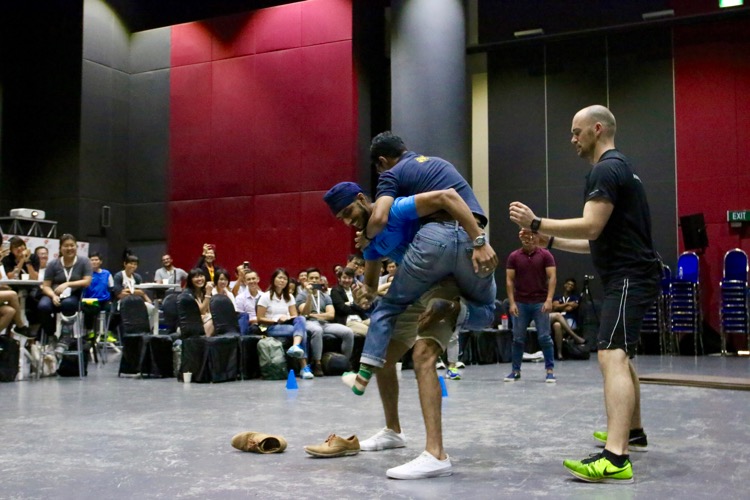

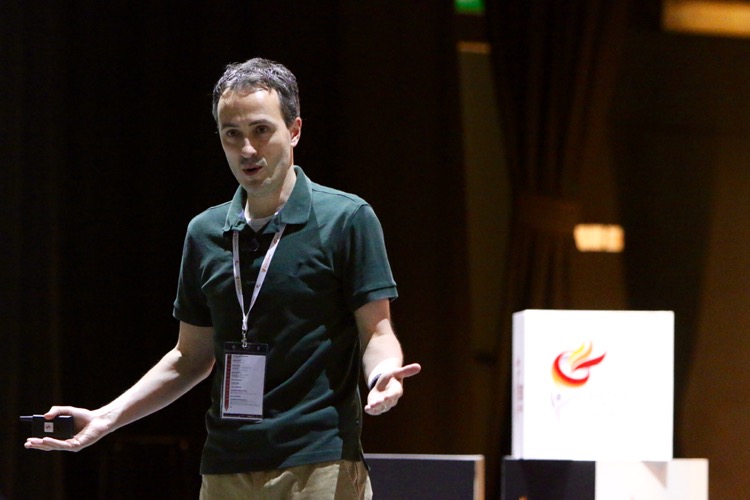
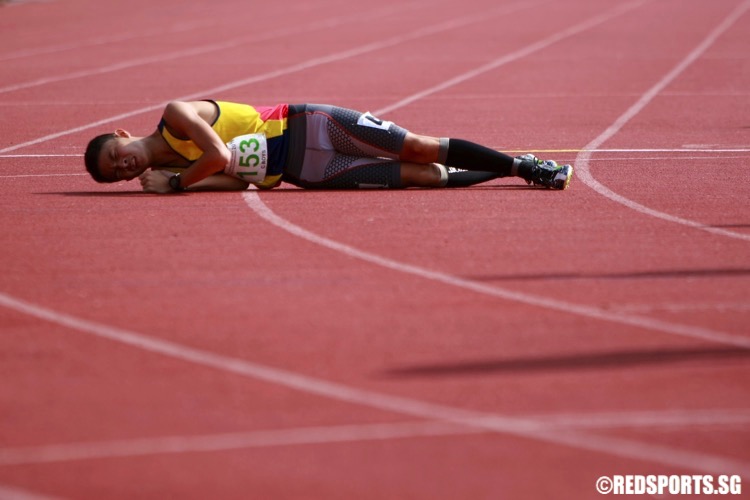
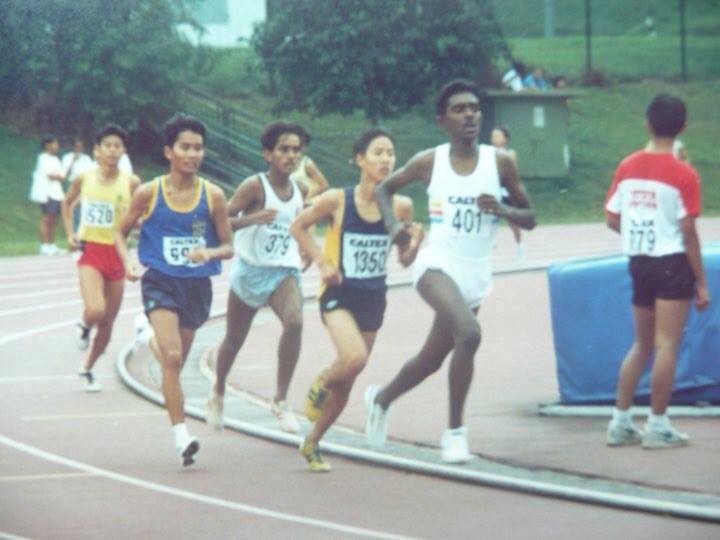
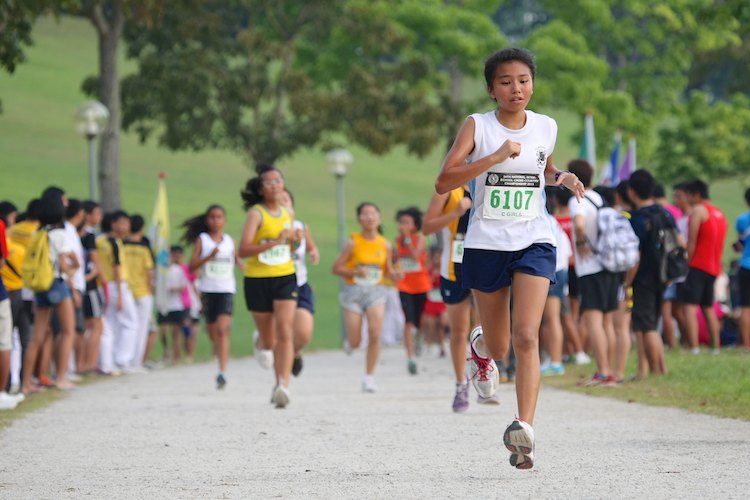
Leave A Comment